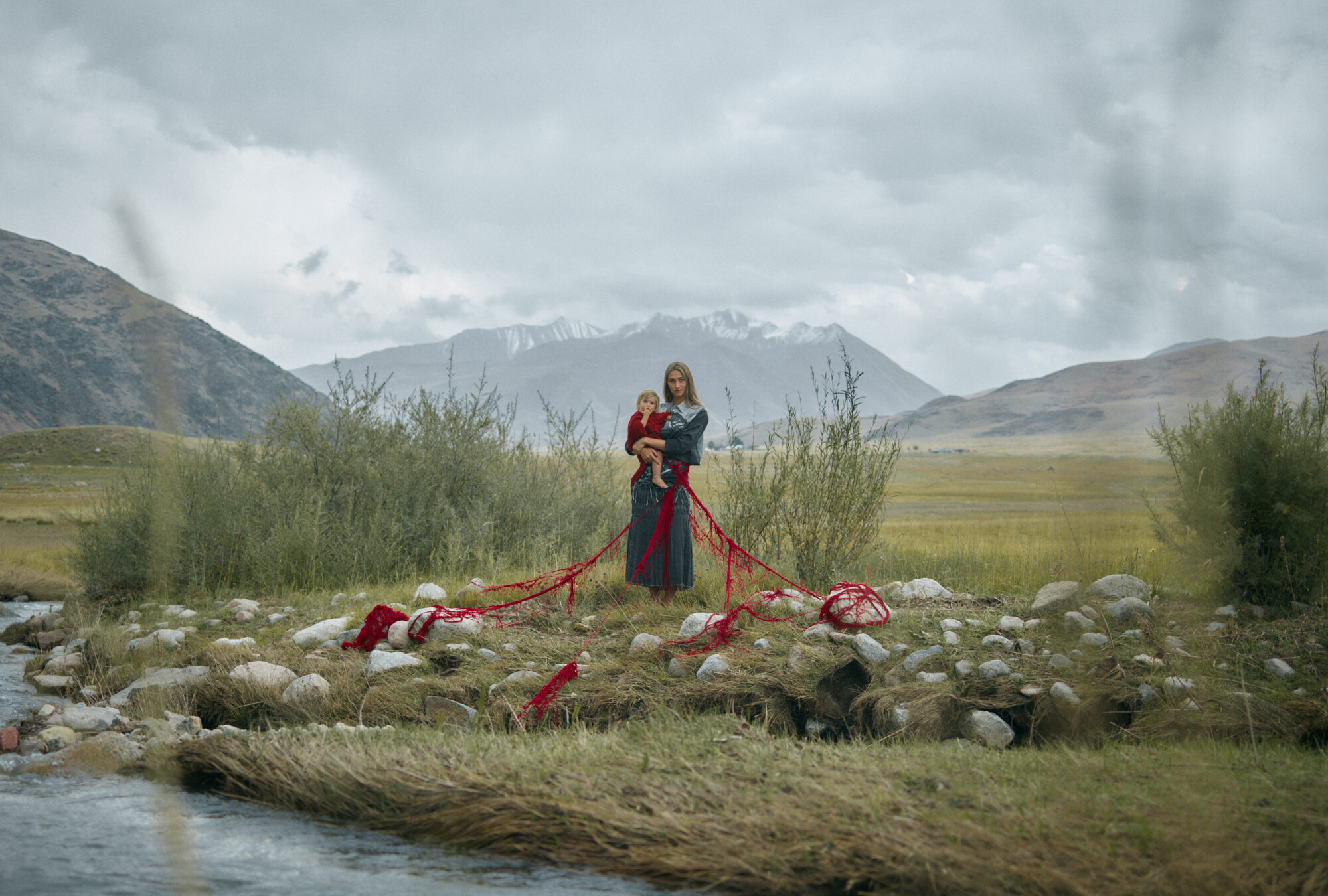How medium format photography shapes an artist's vision
Louise shares a deep connection to large, heavy cameras, describing how they significantly influence both their photographic approach and personal demeanor. By natural agile and fast-moving, she finds that using a larger system instills a deliberate slowness that enhances focus and presence—both behind and in front of the lens. This deliberate pace sets a tone of importance, encouraging emotional depth and attentiveness in each frame.
Aesthetically, Louise feels most aligned with medium format photography. Its ability to transition from sharpness to softness mirrors their perception of the world—fluid, layered, and cinematic. Starting with analog formats like Leica, Nikon, Canon, and Holga due to accessibility, she eventually evolved toward medium format systems such as Mamiya and Hasselblad, ultimately settling on Phase One. This system, she explains, provides not only extraordinary file quality but also complements their style, supporting emotional precision and structural freedom.
What truly sets the Phase One experience apart emerges in the printmaking process. With the help of Berlin-based lab Fotopioniere, Louise meticulously selects paper, frame, and glass combinations to shape the final image. Each decision alters how she is perceived, turning every print into a one-of-a-kind object with sculptural depth.
Viewers often mistake her digital images for Portra film or even paintings—a testament to the rich, subtle color palette made possible by Phase One. These tones, lived-in and cinematic, deeply connect to the emotion of each scene, reflecting the artist’s intent and emotional resonance.
Depth, dimension, and precision
Louise explains that medium format photography, particularly with Phase One, offers an unmatched visual and emotional depth essential to their work. Working across diverse cultures, skin tones, and environments, tonal precision becomes a core requirement—and Phase One delivers. Its ability to render color in a way that feels both alive and dimensional ensures each subject is presented with nuance and presence, never exaggerated or flattened.
A key visual draw for Louise is depth of field. Phase One’s unique capability to separate focus from blur creates images that are at once soft and intense. This cinematic quality supports the emotion behind the work, amplifying the message without distracting from it. As the artist puts it, “even if no one else sees it, I do”—and for her, that subtle difference is everything.
Since first using Phase One, Louise has felt no desire to return to other systems. The camera enhances storytelling by transforming what is seen into something deeply felt—an alchemy at the heart of their creative process.
Beyond capture, the power of Phase One continues in post-production. The files offer tremendous freedom, allowing Louise to manipulate tone and contrast with surgical precision, all while preserving image quality. Whether producing a book, an installation, or a large-scale print, the system’s flexibility ensures the work can evolve fluidly without compromise. This blend of control and creative potential is what enables Louise to push boundaries while remaining true to their vision.
Why Phase One?
Louise recounts an unexpected turn that led them to Phase One. Initially planning a long-term project in Kyrgyzstan, they intended to shoot exclusively on Kodak Portra film using a Hasselblad. The budget was meticulously planned—down to just six to ten frames per day over two and a half months. But shortly before departure, a sudden tripling in film prices made the original plan unfeasible.
Recalling that Phase One once produced digital backs compatible with Hasselblad, Louise reached out to a distributor in Germany. After hearing about the project and reviewing Louise’s work, the distributor proposed an alternative: a full Phase One kit, offered at a price similar to what the film would have cost.
That marked the beginning of a profound creative shift. Louise traveled through Kyrgyz mountains on horseback, crossed rivers, and climbed for days on foot—with the Phase One camera always in tow. Though physically demanding, the process felt deeply rewarding.
The resulting series, Missing Member, explored the emotional impact of migration on families left behind. It received international acclaim, won the International Women in Photography Award, was widely exhibited, and published as a book with Hatje Cantz. The project proved transformative, solidifying Louise’s voice and place in the art world.
After returning, she found it impossible to part with the camera. What began as a practical solution had become an aesthetic revelation. She began renting the system repeatedly until ultimately committing to their own—a bold investment that was questioned by many, but felt entirely necessary to the photographer.
Since then, Phase One has been her exclusive tool. While the system presents physical challenges, it also demands care, discipline, and accountability—values Louise embraces. They speak of moments where they choose to carry the camera instead of water, a gesture that underscores the seriousness and respect they bring to every image and story.
The journey to finding the right tool
Before committing to Phase One, Louise explored a wide range of camera systems in search of the right fit. For spontaneous or personal projects, they often turned to small format cameras like Leica, Nikon, and Canon, appreciating their accessibility and agility. For more focused and conceptual work, Mamiya and Hasselblad became their tools of choice—medium format systems that aligned closely with their visual sensibilities.
She also experimented with digital platforms, including Sony and Canon, and even tested the medium format Fuji system. Yet, despite this variety, none of these cameras offered the same sense of resonance and satisfaction as Phase One. Louise describes an immediate connection—not just to the extraordinary image quality and depth, but to how the system supported their method of working. It felt, as they put it, like finally finding the tool that truly matched their vision.
Though they explored many systems, it was Phase One that brought together freedom and precision in a way no other camera had. That alignment marked the end of the search and the beginning of a new chapter in her photographic journey.
Why Phase One became Louise’s choice
Louise’s decision to switch to Phase One was driven by an emotional and visual response to their first set of images. After taking the system on a demanding project through the mountains of Kyrgyzstan—often on horseback and in harsh conditions—she returned home and reviewed the results. What she saw convinced her instantly: she no longer wanted to work with anything else.
While resolution and detail certainly played a role, it was ultimately about the emotional impact of the images. The unique depth, the richness of color, and the interaction between sharpness and blur all came together in a way that felt deeply aligned with the photographer’s vision. It was a look and feel she had long searched for, but never fully found—until Phase One.
Having experimented with many different cameras over the years, Louise found that this system offered more than technical performance. It supported her intuitive and emotional approach to image-making, helping them get closer to their artistic intent. That emotional resonance, more than anything, is what made her stay with Phase One.
Choosing with intention: When and why Phase One takes the lead
While the Louise occasionally works with other camera systems, particularly a digital Sony, these instances are reserved for specific challenges—such as low-light conditions or sensitive, high-speed documentary contexts. In some cases, her work involves environments that exist on the edges of legality, where speed, subtlety, and flexibility are critical. For fast-paced events or moments requiring discretion, smaller systems offer the necessary agility.
However, Phase One remains her primary tool. Even on the most logistically demanding shoots, the photographer brings the system along, ready to switch as soon as a visually or emotionally significant moment arises. Other cameras are seen as backups; the true intention is to work with Phase One whenever possible.
The difference is clear in the results. Images captured with Phase One consistently become the ones that are published, exhibited, and remembered. She carries a level of quality, emotional presence, and visual weight that other systems simply cannot replicate. For Louise, Phase One is not just a preference—it’s an essential part of how meaningful work is made.
Trust, presence, and precision
For Louise, Phase One enhances both their creative vision and practical workflow. The system’s clarity, depth, and color accuracy bring them closer to the emotional truth they aim to express. But beyond image quality, it transforms their entire process. It encourages a slower, more intentional way of working that actually feels more fluid—not less. The camera aligns with their natural rhythm, supporting a workflow that’s intuitive, precise, and grounded in care.
The physical presence of the system also alters the energy of a shoot. Its weight and seriousness prompt a heightened awareness—for the photographer and for those in front of the lens. This doesn’t create intimidation; rather, it cultivates trust and attentiveness. People sense that something meaningful is happening, and that awareness translates into a deeper presence in the images.
Importantly, Phase One provides a level of reliability that allows the photographer to focus fully on connection rather than technical concerns. No matter the lighting, cultural context, or complexity of the environment, the system delivers. That trust means less time spent in post-production and more energy dedicated to the emotion and nuance of the work.
When it comes time to print, the files’ flexibility becomes essential. Whether preparing a book or a fine art print, the image retains its core identity across materials. Subtle details can be finely tuned in collaboration with the lab—without compromising the integrity of the photograph.
Ultimately, Phase One gives the photographer the confidence to move freely and intuitively through diverse creative landscapes. For someone who works across varied cultures and conditions, that combination of freedom, emotional resonance, and technical trust is everything.
Tools of trust: The Phase One gear behind Louise’s vision
Louise currently works with two Phase One systems: the XF IQ3 100MP and the XF IQ4 150MP. These are paired with a carefully chosen set of Schneider Kreuznach Blue Ring lenses, including the 80mm f/2.8, the 45mm f/3.5, and the 55mm LS f/2.8. Together, this equipment forms the foundation of their creative toolkit.
What stands out most to her is the clarity and depth the system delivers straight out of the camera. There’s a distinct balance between softness and intensity that mirrors how they perceive the world—cinematic, fluid, and emotionally resonant. Color rendering, focus, and transitions feel natural, reducing the need for heavy post-processing and preserving the emotional texture of the scene.
Beyond aesthetics, the system offers Louise a profound sense of confidence. With Phase One, they can focus entirely on the subject and the moment, knowing that the camera will faithfully capture every nuance. The image quality holds up at the highest level—even in large-scale prints—making the system not just a technical tool, but an extension of the artist’s vision and sensibility.
Louise’s go-to choice for emotional closeness
For Louise, the Schneider Kreuznach Blue Ring 55mm lens has become a trusted companion—her favorite among the tools she uses. It consistently delivers the emotional and visual depth she seeks, particularly in portraiture. What sets this lens apart for her is its ability to create intimacy without feeling constrictive. It brings her physically and emotionally close to the subject, while still maintaining a natural sense of space.
The way the 55mm handles focus and fall-off resonates deeply with Louise’s aesthetic—it feels soft, cinematic, and organic, never forced or artificial. This balance allows her to capture honest, intuitive images that reflect the sensitivity she brings to her work.
More recently, she’s also been drawn to the 45mm Blue Ring lens, especially when working in confined spaces or when the context of a scene needs more breathing room. Yet, no matter the situation, Louise always finds herself returning to the 55mm. It’s the lens that aligns most instinctively with her vision—offering clarity, nuance, and emotional truth with every frame.
What drives Louise to keep creating
For Louise, photography isn’t driven by traditional motivation—it’s something more instinctive, more elemental. She describes it as being continuously drawn into new stories and questions, often without conscious intent. Inspiration doesn’t have to be chased; it finds her, pulling her naturally into each new project. It’s simply how she moves through the world.
As her work evolves, Louise feels an increasing sense of responsibility and relevance. Her projects often open space for important conversations—about human connection, coexistence, cultural understanding, and shared histories. This broader purpose gives her work depth and direction, fueling a creative process rooted in curiosity and care.
At its core, Louise’s drive comes from a desire to understand—herself, others, and the world we live in. Photography becomes a way to explore, to bridge divides, and to offer something honest. Her aim is not just to create images, but to contribute to a deeper seeing—one marked by empathy, clarity, and compassion.
Louise’s vision across mediums and materials
Louise is continuing to deepen her exploration of the intersection between documentary and staged photography—a space she has long considered her creative home. At the same time, she is witnessing a natural evolution in her practice: her still images are increasingly serving as a foundation for moving image work. Her progression as a director is unfolding directly from her photographic roots, as she learns to translate her visual language across formats with clarity and precision—making it strong enough in photography to carry into film.
Currently, Louise is developing several portrait-driven series while continuing AK JOL – Open Road, a long-term project in Central Asia. Her work is also entering new artistic dialogues, as other creatives reinterpret her photographs—pushing them into realms of abstraction and new expression. As a result, her images are moving further away from commercial contexts and more firmly into experimental, collaborative, and conceptual art spaces.
Among her latest innovations is a material-based exploration: printing and etching photographs onto metal using traditional chemical techniques in unconventional combinations. She is working with materials such as stainless steel and galvanized surfaces, creating pieces that challenge the boundaries of photographic printmaking. This direction culminated in Chrome 47, part of a major group exhibition in Berlin featuring international artists, where photography transcended its usual form and became something entirely new—crafted through a process Louise developed herself.
Looking ahead, Louise’s focus is on deepening her visual language and allowing it to travel—across mediums, cultures, and modes of seeing. Her work remains rooted in emotional clarity but continues to evolve in form, forging a path that is as interdisciplinary as it is intentional.
Trust your eye, follow your voice
When asked what advice she would give to aspiring photographers, Louise doesn’t hesitate. Her message is direct: if you truly want it, go for it—without waiting for permission and without creating a backup plan. The path won’t always be easy, and setbacks are inevitable, but real commitment means pushing through uncertainty with resilience and focus.
She encourages emerging artists to stay flexible and open to growth while remaining rooted in their instincts. For Louise, the most powerful images emerge not from overthinking, but from trusting one’s timing, emotional connection, and intuition.
Her parting advice is simple yet profound: stay close to what moves you. That’s where your voice lives—and that’s what will set your work apart.
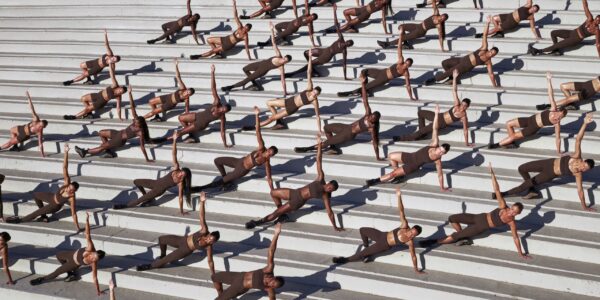
Photographer Stories
Nike x SKIMS ‘Bodies At Work’ by Rob Woodcox
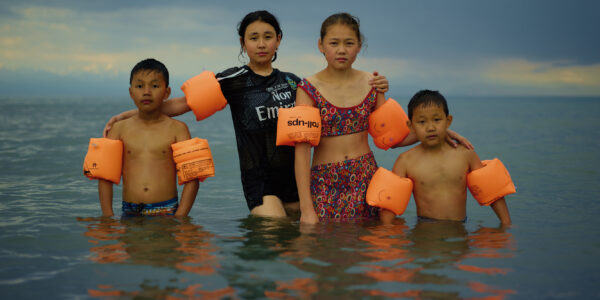
Photographer Stories
Intimacy in focus: Louise’s lens on humanity with Phase One part 1

Photographer Stories
Dimitri Newman: Vision is Just the Start
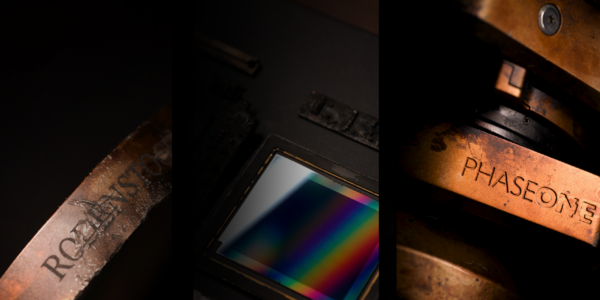
Photographer Stories
Ashes: The Rebirth of a Camera- Hexmalo
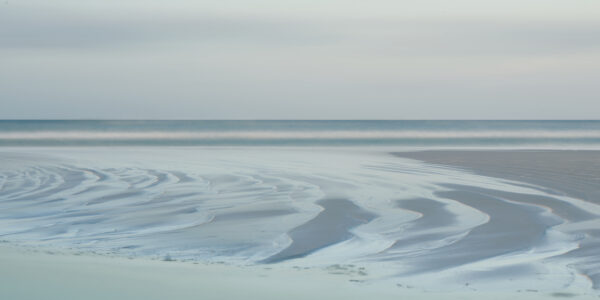
Photographer Stories
Chandler Williams: A Photographer’s Path
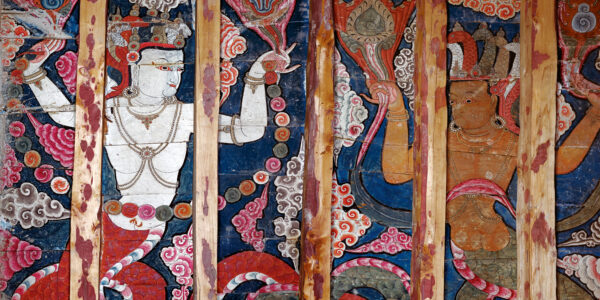
Photographer Stories
TABO- Gods of Light
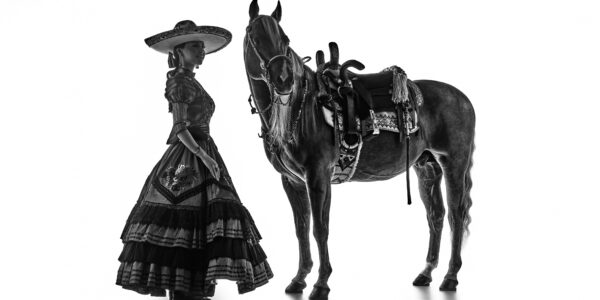
Photographer Stories
Loreto Villarreal – An Evolving Vision
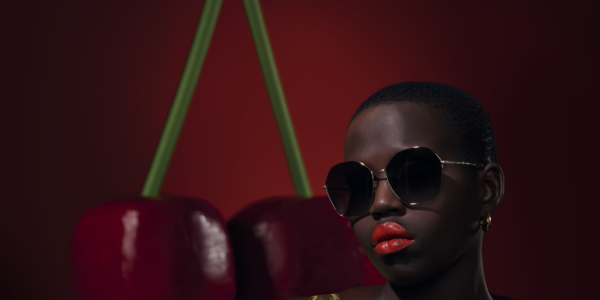
Photographer Stories
Tobias Meier – Storytelling Photography
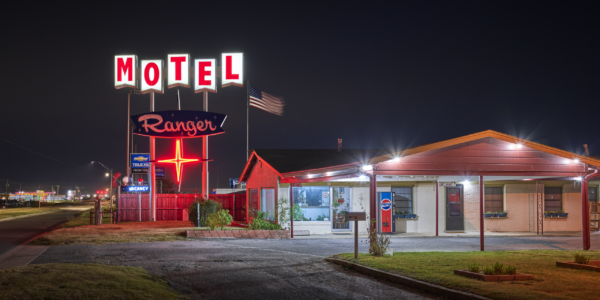
Photographer Stories
Gregory Essayan – Curating Reality
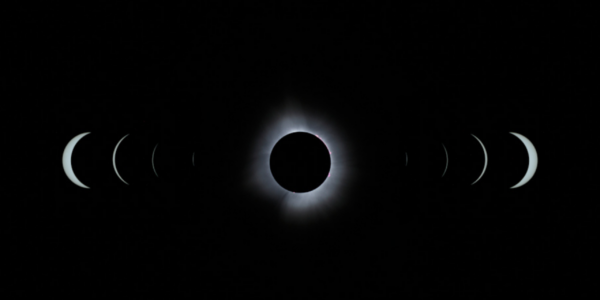
Photographer Stories
Total Solar Eclipse – Matthew C. Ng
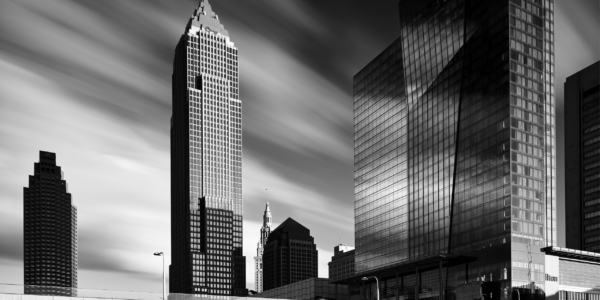
Photographer Stories
Roger Mastroianni – Frame Averaging
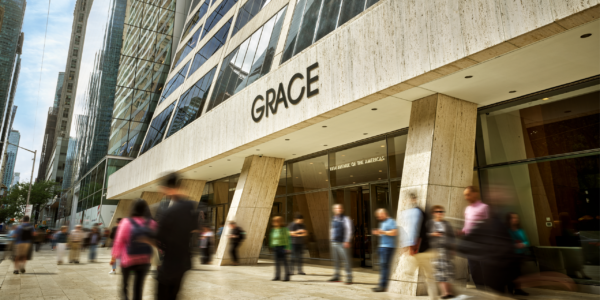
Photographer Stories
Matthew Plexman – Bringing portraits to life
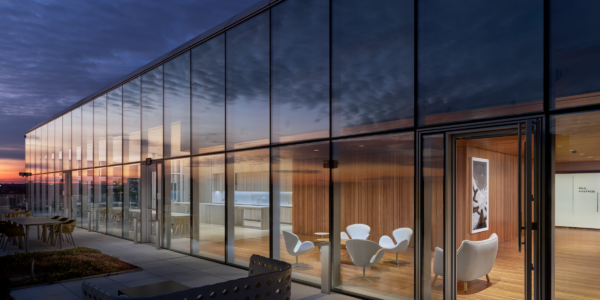
Photographer Stories
Prakash Patel – A Visual Design Story
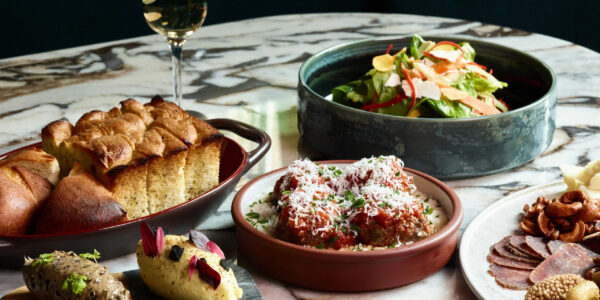
Photographer Stories
Karen Culp – Food Photography Ideas
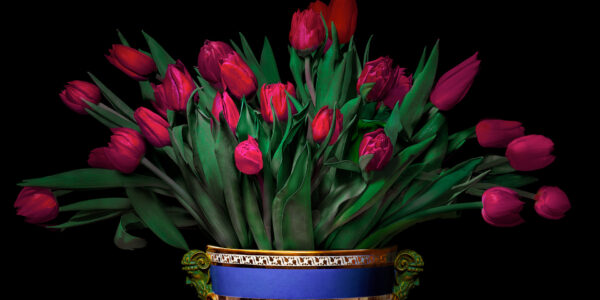
Photographer Stories
T.M. Glass: Flower portraits
